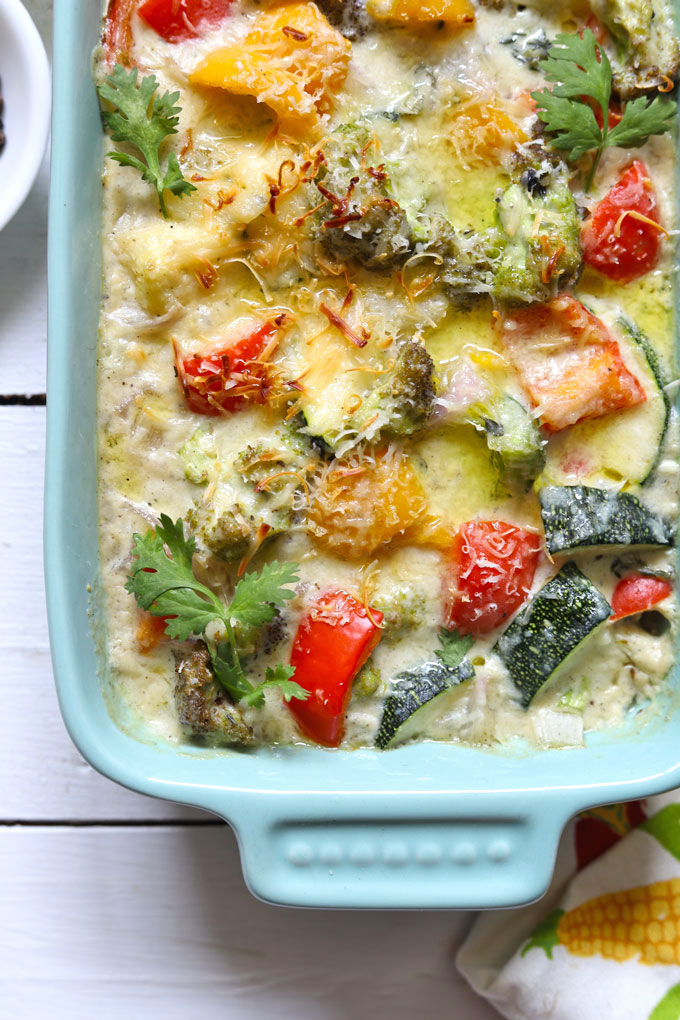
- How to make a cheese sauce for veggies how to#
- How to make a cheese sauce for veggies skin#
- How to make a cheese sauce for veggies professional#
How to make a cheese sauce for veggies skin#
Simply lift the skin off with a spatula and discard it, and remember to keep stirring the sauce until it's ready to serve.Ĭheese sauce can be served with a wide variety of dishes, but here are our experts' top recommendations. The sauce develops a skin: This can happen when the sauce is left unattended for too long, says Johnson.Johnson suggests pouring the sauce into a new pan with a heavy-duty base, reducing the heat slightly, and avoiding scraping the bottom of the pan while stirring. The sauce sticks to the bottom of the pan and burns: In this case, the heat is probably too high or the saucepan is not sturdy enough.Reduce the heat and allow it to continue cooking while continuously stirring until the lumps are gone. The béchamel sauce has lumps: This often happens when the milk is added too quickly to the roux and not incorporated properly, says Johnson.Note that pre-grated parmesan and other cheeses often contain preservatives to keep them from clumping, which can compromise their meltability and give the sauce a gritty texture. The cheese sauce looks grainy: AlSawwaf advises vigorously whisking in a teaspoon or two of lemon juice, since acidity can break down the molecules in the sauce, helping it to smooth out.The cheese sauce is too runny: You can easily thicken up your sauce simply by adding more cheese, says AlSawwaf.The béchamel is too thin: Adding more flour, or making some additional roux to add, will help to thicken your sauce.If it is, AlSawwaf recommends adding more milk. The béchamel is too thick: Your sauce will thicken further when you add cheese at the end, so you don't want the béchamel to be too thick.
How to make a cheese sauce for veggies how to#
Here are some common issues you might run into while making cheese sauce - and how to overcome them. Quick tip: Cheese melts better if it's already at room temperature, says AlSawwaf, so consider taking it out of the fridge 20 to 30 minutes before making your sauce.īéchamel is a mixture of flour, butter, and milk - the base of the cheese sauce before you add the cheese. According to AlSawwaf, adding the cheese over heat can cause the fats and milk solids to separate, resulting in a lumpy sauce with a curdled texture - so always take the pan off the burner first. Remove the saucepan from heat and slowly incorporate the cheese, whisking constantly. Season with salt, white pepper, and nutmeg (optional) to taste.The consistency should be moist but not runny, thick but not so viscous that it doesn't flow. Pour the milk slowly into the roux, whisking constantly until it thickens and there are no lumps.

This helps to eliminate the raw flour taste, says AlSawwaf.


The ultimate complement to comfort food, cheese sauce is one recipe you'll definitely want to keep in your back pocket. Béchamel is a French white sauce, which combines butter and flour - a mixture that's also known as a roux - with milk.
How to make a cheese sauce for veggies professional#
Simple yet supremely versatile, cheese sauce can be drizzled onto everything from vegetables and potatoes to pasta dishes.Īccording to professional chef Yasmeen AlSawwaf, there are many different kinds of cheese sauces, but most are based on the classic béchamel. One of the easiest ways to make any dish taste more indulgent is by adding a rich, velvety cheese sauce.


 0 kommentar(er)
0 kommentar(er)
